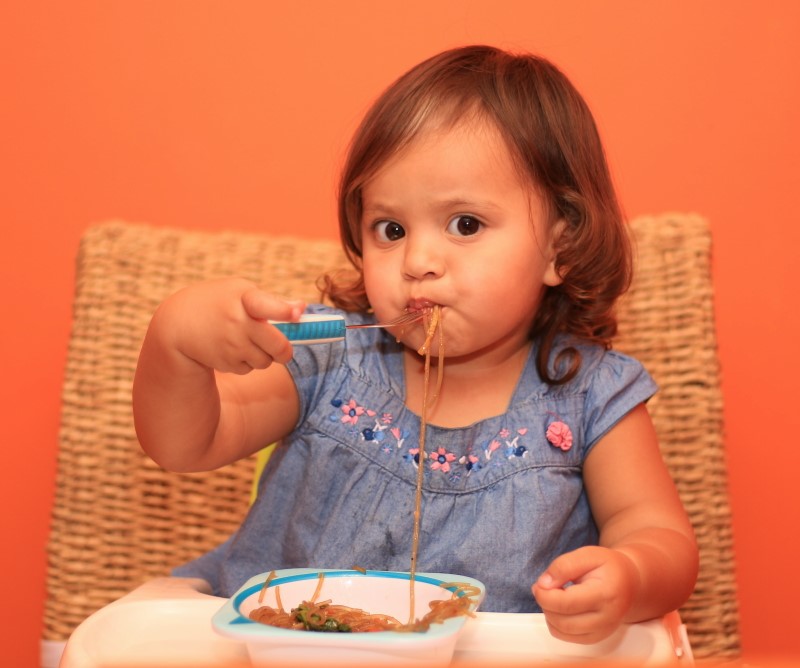Before having a family, travelling was completely different.
Once upon a time, when I was totally unencumbered, I wanted to move to one of two countries: either Peru to learn Spanish or Korea to make a tidy sum of money. I went to a bookstore to check out the guidebooks, and they only had one for Peru, so that’s where I decided to go. Later, my cousin told me that Air Canada didn’t fly to Peru, and as I was getting my ticket through him (he worked for the airline) I switched my plans.
In January 2000 I landed in Seoul. I didn’t have a job lined up, and I didn’t speak the language. I just had my two bulging suitcases and a reservation at a crappy hostel.
These days Korean culture is all the rage in North America, but back then it was a different story. For most Canadians, Korea was eclipsed by Japan and China, and virtually no one had ever heard of K-Pop or eaten kimchi. So I knew nothing about Korea.
I remember one of my first nights in Seoul. A friend of a friend took me to the roof of his apartment building, and we looked down at the lit-up city below us. “What are all those glowing red crosses?” I asked him. “Churches,” he told me. It turned out, much to my surprise, that Korea has a substantial Christian population.
“And what are all those jars?” I asked, pointing to the various lidded earthenware vessels on his roof and all the roofs around us. “Those are for storing kimchi,” he said. Another surprise. At that time, I had never tasted kimchi’s tangy, spicy complexity.
So that was the beginning of Korea unfolding for me. Without a family, with just myself to worry about, I could let the whole country just be a surprise.
Now I marvel at the freedom I had back then. It was almost as if I could spin the globe and decide I’ll move there, wherever my eyes happened to fall. These days, even to go on a simple vacation, I need to coordinate everything with my husband, both of our employers, and the daycare. I need to think about which stroller(s) to bring and how many sleepers and diapers to pack. Oh, and do we need the breast pump?
But I’m not sorry I have my family. Not at all. Truth be told, that exhilarating freedom I used to have was lonely sometimes. And now instead of that freedom, I have an intense and special joy. I get to share with my little ones all the fantastic discoveries that I made in the world before they were born, including the three kid-friendly Korean recipes that follow.

Japchae is yummy! Photo credit Adán Cano Cabrera
Japchae (Sweet Potato Noodles with Kid-Friendly Vegetable Options)
Serves four
10 ½ ounces (300 grams) of sweet potato vermicelli noodles (dang myun)
2 tablespoons vegetable oil
2 ½ tablespoons sesame oil
2 cloves garlic, minced
1 inch (2 ½ cm) piece of fresh ginger, minced
6 cups total of any or all of the following vegetables that your children like:
Carrots, julienned
Zucchini, julienned
Baby spinach
Red bell pepper, julienned
White mushrooms, thinly sliced
2 green onions cut into 1-inch lengths
6 tablespoons soy sauce
2 tablespoons mirin
2 tsp. rice vinegar
1 teaspoon sugar
2 tablespoons of toasted sesame seeds
Salt to taste
Cook the noodles in boiling water for about five minutes, or until translucent and al dente. After thoroughly rinsing the noodles under cold running water, cut them with kitchen scissors a few times so that they can be eaten more easily.
Heat the vegetable oil and one tablespoon of the sesame oil in a large, heavy-based wok or skillet. Add the garlic, ginger, and carrots (if using). Stir fry for about two minutes. Add the green onions, mushrooms, zucchini, and red pepper (if using). Stir-fry for another three minutes.
Add the noodles, soy sauce, mirin, vinegar, sugar, and remaining sesame oil, plus the spinach (if using). Turn down the heat and continue cooking for another two minutes. Toss in the sesame seeds, season with salt, and serve.
White Kimchi
In recent years, kimchi has become one of the “it” foods in the West, but many Westerns are unaware of kimchi’s diversity. The most common form of kimchi is made of napa cabbage and tastes like sauerkraut’s firecracker cousin. Kimchi, however, can be made from any number of vegetables, including radish and cucumber, and it isn’t always spicy. This is a napa cabbage kimchi that is entirely free of hot pepper.
1 napa cabbage
1 1/4 cup coarse sea salt
5 garlic cloves, peeled
1 onion, chopped
1 Asian pear, peeled, cored, and cut into matchsticks
¾ cup daikon, cut into matchsticks
¼ cup carrot, cut into matchsticks
½ of a red bell pepper, seeded and cut into 1-inch long strips
½ of a yellow bell pepper, seeded and cut into 1-inch long strips
4 green onions cut into 1-inch pieces
2 tablespoons pine nuts
1 teaspoon black sesame seeds
Quarter the cabbage lengthwise. Remove some of the core but keep the leaves intact.
Combine ten cups of water and 1 cup of the salt in a basin or large bowl. Stir to dissolve and then place the cabbage in the salted water. Put a plate on top of the cabbage and then weigh it down with a heavy bowl so that the cabbage is fully submerged. If it isn’t, add more water and salt, using the same water-to-salt ratio. Set aside at room temperature for ten to twelve hours. Drain the cabbage and rinse it thoroughly under cold water.
Combine the pear, daikon, carrot, green onions, and red and yellow bell pepper. Set aside.
In a large bowl, make the brine by mixing six cups of water and the remaining quarter of a cup of salt in a bowl. Stir until the salt has dissolved. Purée the garlic and onion in a blender or food processor and stir the puree into the salted water.
Stuff the pear and vegetable mixture between the cabbage leaves. Fold the stuffed cabbage quarters over and put them into a plastic, glass, or ceramic container. Pour the brine over the kimchi so that it’s submerged. You can use a plate and bowl to weigh it down if you like. Cover the container and let sit at room temperature until the brine starts to turn sour, which means that it is fermenting. This will take two or three days, depending on how warm the room is. Move the kimchi to the fridge. It will keep for a few weeks.
Serve cold, cut crosswise into one to two-inch slices so that you and the kids can see the pretty layers of cabbage and filling. Garnish with pine nuts and sesame seeds.
![Korean Food with Kids BAESUK – photo credit Andrea Miller]](https://www.familyfuncanada.com/wp-content/uploads/2018/01/Korean-Food-With-Kids-Andrea-Miller.jpg)
Baesuk (Asian Pears) are delicious poached. Photo credit Andrea Miller
Baesuk (Poached Asian Pears)
Kids will either want to remove the peppercorns or double dare each other to eat them.
Serves four
2 Asian pears
24 black peppercorns
3 tbsp. honey
4-inch nub of fresh ginger, peeled and sliced into half-inch coins
4 pine nuts
Peel and core the pears, then slice each of them into eight wedges. Next push three peppercorns into the outer sides of each wedge, so that the peppercorns are embedded in the flesh. Set aside.
Place the honey, ginger, and four cups of water in a pot. Bring to a boil and continue boiling for ten minutes. Add the pears and reduce the heat. Simmer for fifteen minutes or until the pears have softened. Remove and discard the ginger. Chill the pears and their liquid in the fridge.
If any of the peppercorns have fallen out of the pears, press them back into place. Place the pears and their liquid in four individual bowls. Garnish each dish with a pine nut.




